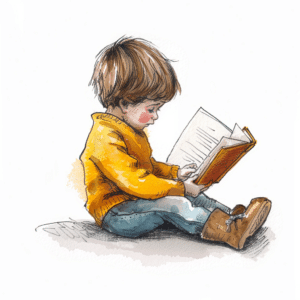What is a Learning Disability in Reading?
A Learning Disability in Reading, sometimes called a Reading Disability or Dyslexia, is more formally called a Specific Learning Disorder with impairment in reading, according to DSM-5, a reference guide clinicians use to determine whether experiences and challenges are consistent with a diagnosis. Reading difficulties must have persisted for at least 6 months, even when efforts are made to support learning, in order for a Learning Disorder to be diagnosed.
A Learning Disorder in reading can affect some or all of these reading skills:

Accuracy:
What challenges look like:
- misreading or mispronouncing words
- trouble sounding out letters and blends systematically
- guessing based on the beginning letter, or what a word generally looks like (e.g., writer might be read as winter)
- NOTE: Dyslexia is another term used by clinicians when diagnosing challenges sounding out words

Rate: reading speed
What challenges look like:
- reading slowly with lots of effort
- pausing between words and sentences
- needing extra time to read detailed text
*Fluency is a term that means rate + accuracy. So weak reading fluency would mean slow and inaccurate reading.

Comprehension: understanding what is read
What challenges look like:
- trouble making sense of stories and paragraphs
- difficulty connecting ideas
- trouble making inferences when information is not stated directly
If reading is a concern, consider a comprehensive assessment of attention, too, since reading difficulties and ADHD often go together.
Early intervention with scientifically supported reading programs like our Rewire 4 Reading can make a big difference in reading skills, especially in sounding out skills. Accommodations like Assistive Technology can also help students access text through audio book options.


